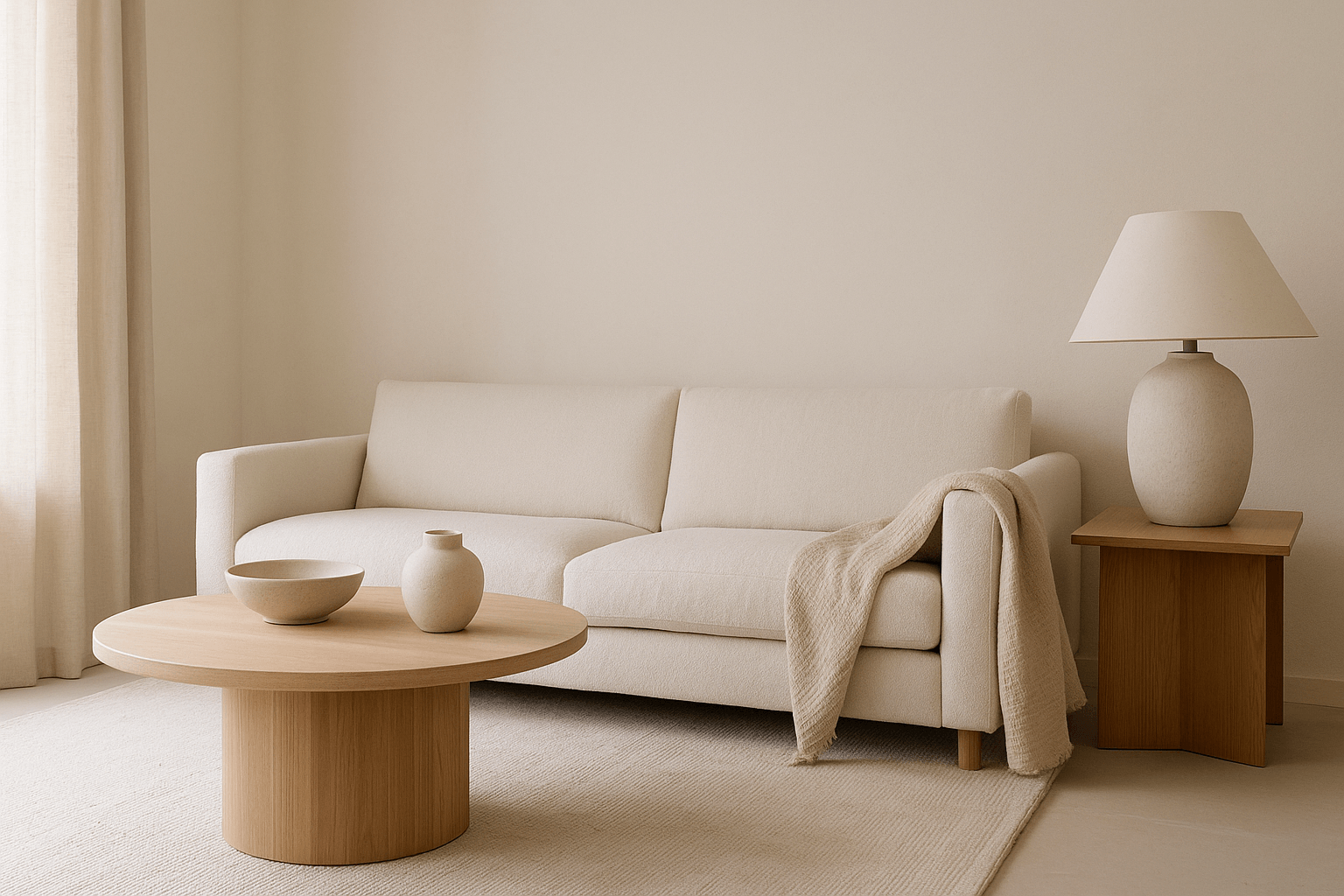Why Function and Beauty Must Coexist
In minimalist design, beauty doesn’t come from abundance—it comes from clarity and purpose. Every item in a well-designed minimalist space should do one of two things: serve a function or elevate the visual harmony of the room.
But the real magic happens when a piece does both.
Minimalist homes thrive when furniture and decor aren’t just aesthetically pleasing, but also meaningfully useful. This balance helps you create a space that not only looks calm and intentional—but actually supports how you live.
Function First, Then Form
Designing a home to look good is easy. Designing a home to feel good—day in and day out—is something else entirely.
Start by asking:
-
How do I want this space to work for me?
-
What activities happen here daily?
-
What items are essential for those activities?
Then, and only then, choose forms that match the function.
Examples of Beauty + Function in Minimal Design
1. Sculptural Lighting
Pendant lamps, wall sconces, and table lamps should cast beautiful light and serve as visual statements.
2. Storage That Blends In
Think sideboards, storage benches, or wall-mounted shelves that blend seamlessly with the architecture but still hold life’s essentials.
3. Accent Chairs That Invite Use
Choose chairs that are comfortable to sit in and that complement the clean lines of the room.
4. Decor with Purpose
A handmade ceramic bowl can be beautiful on its own—but also hold keys, matchsticks, or personal items. Display with intention.
How to Choose Pieces That Do Both
-
Avoid trend-driven items that sacrifice comfort or longevity.
-
Test the piece in your life, not just in your head—walk around it, touch it, live with it.
-
Look for timeless materials—solid wood, linen, ceramics, metal. These age gracefully and perform reliably.
-
Limit purely decorative objects. If it doesn’t serve, it distracts.
Common Pitfalls
-
Over-optimizing for aesthetic: A beautiful space that’s uncomfortable won’t serve you.
-
Hiding function completely: It’s okay to see a chair’s frame or a lamp’s cord—these are part of real life.
-
Over-accessorizing: Resist the urge to layer unnecessary objects. One good item is often enough.
Final Thoughts
Minimalism isn’t about choosing between form and function. It’s about choosing both—wisely. The goal is to live in a space that’s as beautiful to experience as it is to look at. When each object is both useful and aesthetically aligned, your home becomes more than styled—it becomes thoughtfully lived in.
















